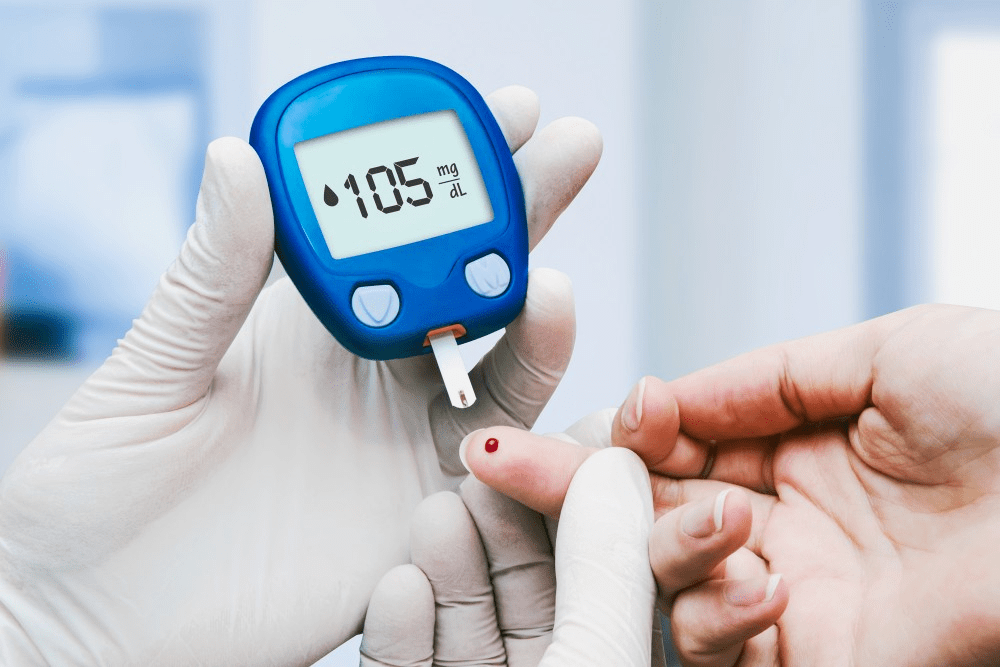Managing the physical challenges of living with diabetes requires thoughtfulness, vigilance, and a thorough understanding of the hows and whys of the condition. But diabetes can present emotional and psychological hurdles as well, especially in the days, weeks, and months following an initial diagnosis.
One of the most important things you can do for your mental health and your physical well-being after receiving a diabetes diagnosis is to read about or listen to the experiences of others who have gone through what you are dealing with and emerged stronger, healthier, and happier. Many individuals with diabetes or others who treat or work with people with the condition have started blogs to share their thoughts, insights, and perspectives with the tens of millions of their closest friends in the global diabetes community.
Reading informative, engaging, and encouraging blog posts is an excellent adjunct to all of the other things you do to stay healthy and effectively manage your diabetes. Here are eight diabetes blogs that fit the bill:
- Six Until Me (sixuntilme.com) – a first-person account of life with diabetes started by a blogger who was frustrated by the lack of inline resources that spoke positively about life with diabetes.
- Diabetes Mine (diabetesmine.com) – a community of people with diabetes that covers facts about diabetes, tips for diabetes management, interviews and write-ups about celebrities with diabetes, and reviews of diabetes products and research papers.
- Insulin Nation (insulinnation.com) – this blog focuses on diabetes therapy, covering news and research about insulin and insulin-related products and technology.
- A Sweet Life (http://asweetlife.org) – started by a couple after they both received a type 1 diabetes diagnosis, this blog has lots of diabetes-friendly recipes, diet tips, and news.
- Scott’s Diabetes (http://scottsdiabetes.com) – this blog covers the personal aspects of managing type 1 diabetes, along with some general diabetes-related news.
- Texting My Pancreas (textingmypancreas.com) – a personal blog that covers the daily ups and downs of living with diabetes.
- Diabetes Stories (http://www.diabetesstories.com) – this website is run by a Huffington Post columnist, author, speaker, and certified health and wellness coach and allows people with diabetes to share their stories.
- Diabetes.org (blogs.diabetes.org.uk) – run by the largest diabetes-focused organization in the UK, this blog focuses on diabetes management and includes personal stories from people with diabetes.
Continuous Glucose Monitoring: A New Way To Manage Blood Sugar
If you receive a diagnosis of diabetes, you’ll soon learn how important monitoring your blood sugar is to staying healthy. That used to mean pricking a finger multiple times a day to obtain a sample. Now, Continuous Glucose Monitoring (CGM) can make finger-pricking a thing of the past for many diabetes patients. CGM is a tested, safe, reliable, and accurate transceiver device that can help some individuals with diabetes monitor their blood sugar levels 24 hours a day without interrupting their day to obtain a sample.
Contact us today to see if you qualify for CGM and access our guide to continuous glucose monitoring.

